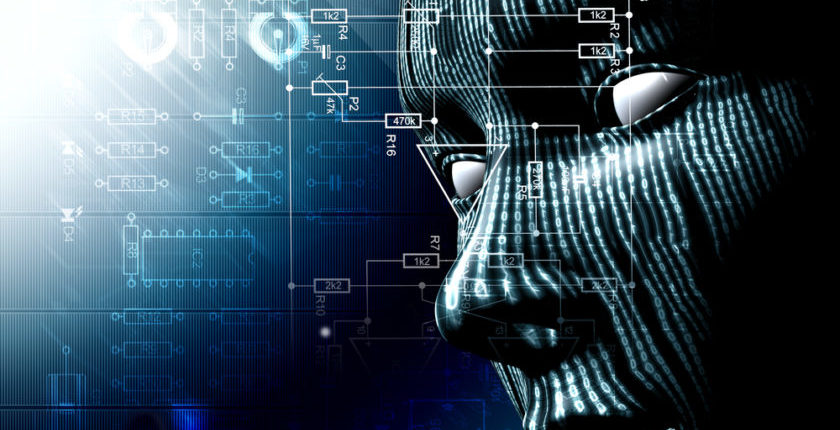M+E Daily

Amazon Web Services Exec: Company Remains Committed to Democratizing AI
Story Highlights
NEW YORK — Deep learning is playing an increasingly important role in making a wide range of devices better and Amazon Web Services (AWS) remains committed to democratizing artificial intelligence (AI) as part of its strategy to achieve that, according to Guy Ernest, its principal business development manager for Amazon AI.
Healthcare is “one of the biggest places where machines are helping” right now, he told the second annual O’Reilly Artificial Intelligence (AI) Conference June 28. That was underscored throughout the conference by several speakers, including Suchi Saria, an assistant professor at Johns Hopkins University, who discussed how machines can be used to diagnose diseases faster than human experts.
But Ernest pointed to the many other sectors where deep learning is being used, including in the development of consumer electronics devices and e-commerce.
“One of the biggest problems that we have” at Amazon is that, “for some reason, you only buy one item when you come to Amazon,” unlike when one is shopping at a brick-and-mortar store, he said. After all, shipping is free for that one item, regardless of price, if one is a Prime member, he noted. In stark contrast, he said that when his wife is going to Costco, she may only want to buy bread, but “five hundred dollars later,” the shopping cart has been filled with many other products also.
“We want to give you the same experience” at Amazon.com, and machine learning can be used to try and accomplish that by helping to convince shoppers to buy more than one product at Amazon.com based on what is known about the shopper, he said.
Despite the increasing popularity of e-commerce, the vast majority of consumers are still making most of their purchases at physical stores, he also said.
 That’s one of the reasons why his company recently announced a plan to buy Whole Foods and also why it’s testing Amazon Go, grocery stores, starting with a prototype location in Seattle, where consumers can buy products without using cashiers or even self-service checkout registers, he said.
That’s one of the reasons why his company recently announced a plan to buy Whole Foods and also why it’s testing Amazon Go, grocery stores, starting with a prototype location in Seattle, where consumers can buy products without using cashiers or even self-service checkout registers, he said.
The Amazon Go stores are using a combination of AI, sensors and smartphones to make that strategy possible.
Amazon’s Alexa, meanwhile, is an “example of how you can create completely new services” by using speech recognition and deep learning, he said. Amazon started developing Alexa a few years ago and is now “scaling it and adding more and more functionality to it,” he said, pointing to the recent addition of a camera to the Echo product line with the Echo Look voice-enabled speaker that comes with a built-in camera.
In the future, “most of the compute in deep learning will be” used not in cloud-based services, but rather for “on the edge” computing applications including a wide range of Internet of Things (IoT) devices such as cars, robots, security devices and Echo devices, he predicted. That’s why his company introduced AWS Greengrass, software that extends AWS cloud capabilities to local IoT devices, enabling them to collect and analyze data closer to the source of information, while also allowing devices to securely communicate with each other on local networks, according to the company’s web site.
AWS has been using the Apache MXNet open-source deep learning framework that Ernest said provides for scalable deep learning. Handling a lot of complex data and achieving scale are among the big challenges involved with AI, and MXNet helps overcome those hurdles, he said. As part of Amazon’s strategy, he said: “We’re going to keep on building our services on top of MXNet.” As part of Amazon’s democratic approach to AI, it believes that “whatever is the tool that makes sense to your business” is the tool that you should use, he said. Amazon believes in an open deep learning library, in part because “if you are betting too much on a specific tool or a specific library, you might find yourself missing some new opportunities,” he explained.
“Everybody needs chat bots” as part of their AI applications, he also said, predicting chat bots are going to be increasingly used to interface with humans.









